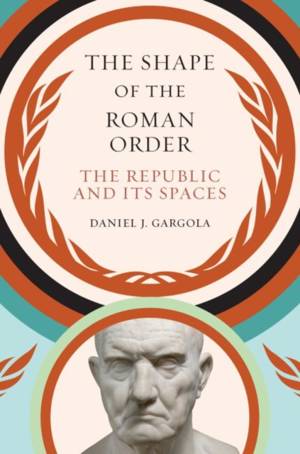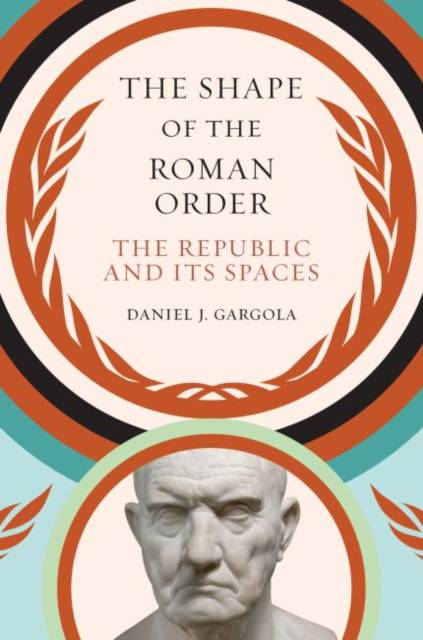
Je cadeautjes zeker op tijd in huis hebben voor de feestdagen? Kom langs in onze winkels en vind het perfecte geschenk!
- Afhalen na 1 uur in een winkel met voorraad
- Gratis thuislevering in België vanaf € 30
- Ruim aanbod met 7 miljoen producten
Je cadeautjes zeker op tijd in huis hebben voor de feestdagen? Kom langs in onze winkels en vind het perfecte geschenk!
- Afhalen na 1 uur in een winkel met voorraad
- Gratis thuislevering in België vanaf € 30
- Ruim aanbod met 7 miljoen producten
Zoeken
€ 60,95
+ 121 punten
Uitvoering
Omschrijving
In recent years, a long-established view of the Roman Empire during its great age of expansion has been called into question by scholars who contend that this model has made Rome appear too much like a modern state. This is especially true in terms of understanding how the Roman government ordered the city -- and the world around it -- geographically. In this innovative, systematic approach, Daniel J. Gargola demonstrates how important the concept of space was to the governance of Rome. He explains how Roman rulers, without the means for making detailed maps, conceptualized the territories under Rome's power as a set of concentric zones surrounding the city. In exploring these geographic zones and analyzing how their magistrates performed their duties, Gargola examines the idiosyncratic way the elite made sense of the world around them and how it fundamentally informed the way they ruled over their dominion.
From what geometrical patterns Roman elites preferred to how they constructed their hierarchies in space, Gargola considers a wide body of disparate materials to demonstrate how spatial orientation dictated action, shedding new light on the complex peculiarities of Roman political organization.
From what geometrical patterns Roman elites preferred to how they constructed their hierarchies in space, Gargola considers a wide body of disparate materials to demonstrate how spatial orientation dictated action, shedding new light on the complex peculiarities of Roman political organization.
Specificaties
Betrokkenen
- Auteur(s):
- Uitgeverij:
Inhoud
- Aantal bladzijden:
- 304
- Taal:
- Engels
- Reeks:
Eigenschappen
- Productcode (EAN):
- 9781469668703
- Verschijningsdatum:
- 2/11/2021
- Uitvoering:
- Paperback
- Formaat:
- Trade paperback (VS)
- Afmetingen:
- 156 mm x 234 mm
- Gewicht:
- 467 g

Alleen bij Standaard Boekhandel
+ 121 punten op je klantenkaart van Standaard Boekhandel
Beoordelingen
We publiceren alleen reviews die voldoen aan de voorwaarden voor reviews. Bekijk onze voorwaarden voor reviews.









